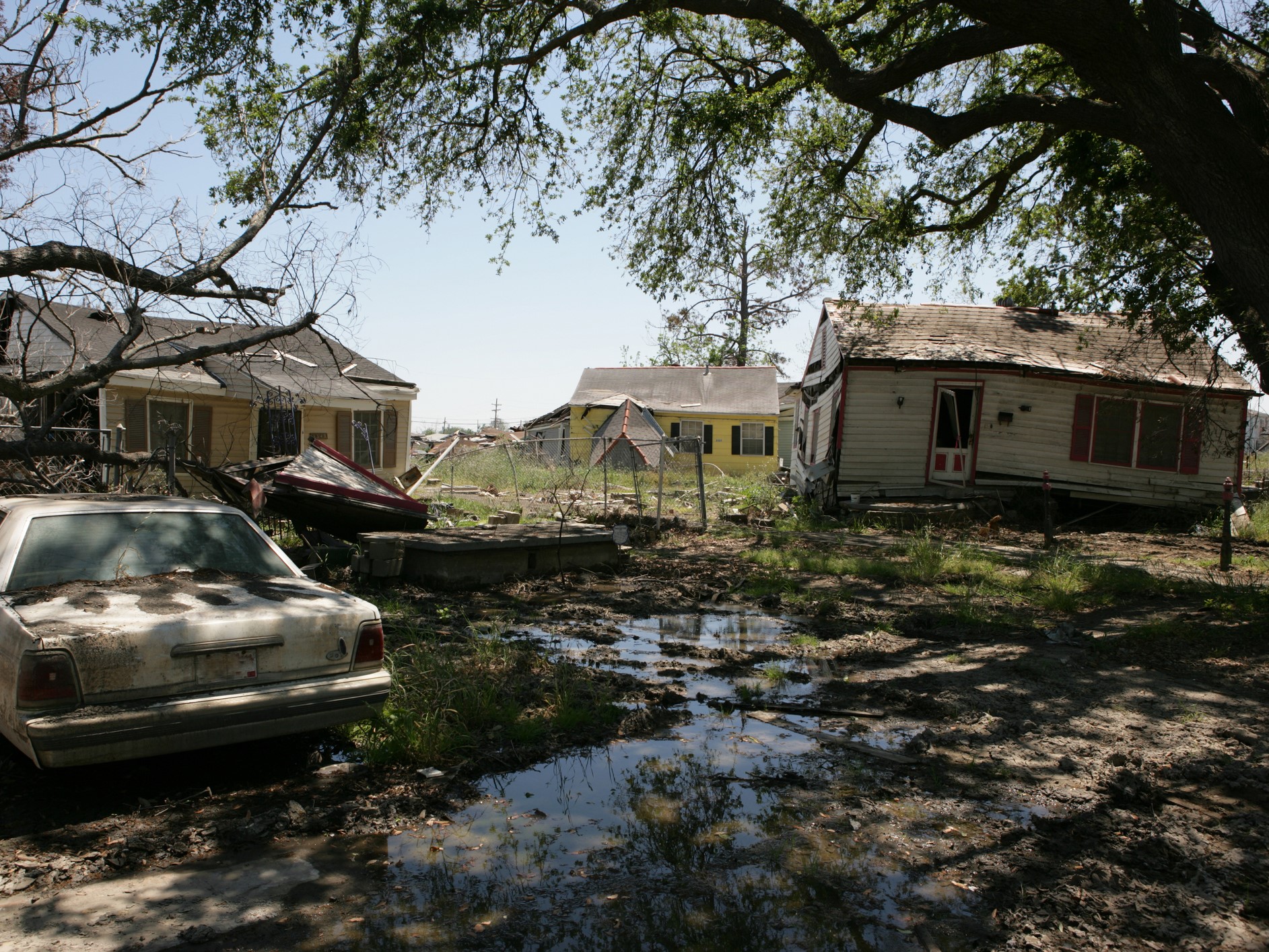Captives Expand Risk Portfolios and Premium Volume in 2024

Captive insurers experienced significant premium growth and expanded their risk portfolios in 2024, with organizations increasingly using these self-insurance vehicles to navigate volatile commercial insurance markets, according to a Marsh benchmarking report analyzing more than 1,500 Marsh-managed captives.
The captive insurance market demonstrated robust growth in 2024, with gross written premium across Marsh-managed captives increasing 6% to $77 billion. This growth reflects organizations’ strategic response to volatility in capacity and rates within commercial insurance and reinsurance markets, according to the report.
“More organizations today are recognizing the value of using a captive as part of their risk management strategy, regardless of market conditions. We also continue to see increased interest from captive owners to strategically find ways to optimize their captives to align with their evolving needs,” said William Thomas-Ferrand, global leader, captive solutions for Marsh.
Property and casualty lines in captives led the charge with a 12.5% increase in GWP, while life lines grew 4.5%. Four coverage areas showed particularly strong growth in captives: property premiums rose 10% from 2023, workers’ compensation increased 11%, auto liability surged 80%, and excess liability jumped 24%.
The formation of new captives accelerated alongside premium growth, with Marsh helping establish nearly 500 new captives over the past five years, including 92 in 2024 alone. This expansion signals growing recognition among organizations that captives provide valuable risk management benefits regardless of market conditions, according to Marsh.
Beyond traditional coverage areas, captives increasingly embrace emerging risks. Cyber insurance remains a top growth area, with 18% of the largest Marsh-managed captives writing cyber coverage and generating more than $170 million in GWP. Other expanding coverage lines include directors and officers liability, which saw a 12% increase in GWP, trade credit premiums up 5%, and political risk premiums rising 6%.
Market Volatility Creates Strategic Opportunities
Commercial insurance market challenges have prompted organizations to retain more risk within their captive structures. New captives retained more than 55% of total additional premiums they wrote in 2024, while established large captives retained 8% more risk compared to 2023.
Industry-specific growth patterns reveal how different sectors leverage captives to address unique risk profiles, according to the report. Financial institutions lead with captives writing an average of six lines of coverage, while retail and wholesale companies and transportation firms each average five lines.
Four sectors demonstrated exceptional premium growth driven by common risk factors and market challenges: power and utility companies saw GWP increase 47%, automotive rose 70%, transportation grew 12.5%, and food and beverage increased 7.5%.
The expansion extends beyond traditional single-captive structures. Approximately 15% of Marsh’s largest captive clients now use multiple risk-taking vehicles, including combinations of captives, cell captives, and risk retention groups. Cell captives particularly gained traction, experiencing 5% growth in GWP and 15% increase in formations due to their quick setup, lower startup costs, and ability to segregate specific business lines, the analysis found.
Looking forward, captives are expected to continue taking on more exposure and higher limits, particularly for excess liability, cyber, and property coverage. The next phase for established captives involves developing innovative approaches to gain optimal cost benefits, greater loss control, broader coverage access, and strategic calibration of risk retention across business lines.
“Organizations that already have captives are looking to do more with them. The next phase for established captives is about developing innovative ways to gain optimal cost benefits, greater control of losses, access to capacity, the broadest coverage, and calibrating the captive’s risk retention and lines of business,” according to the report.
View the full report here. &










